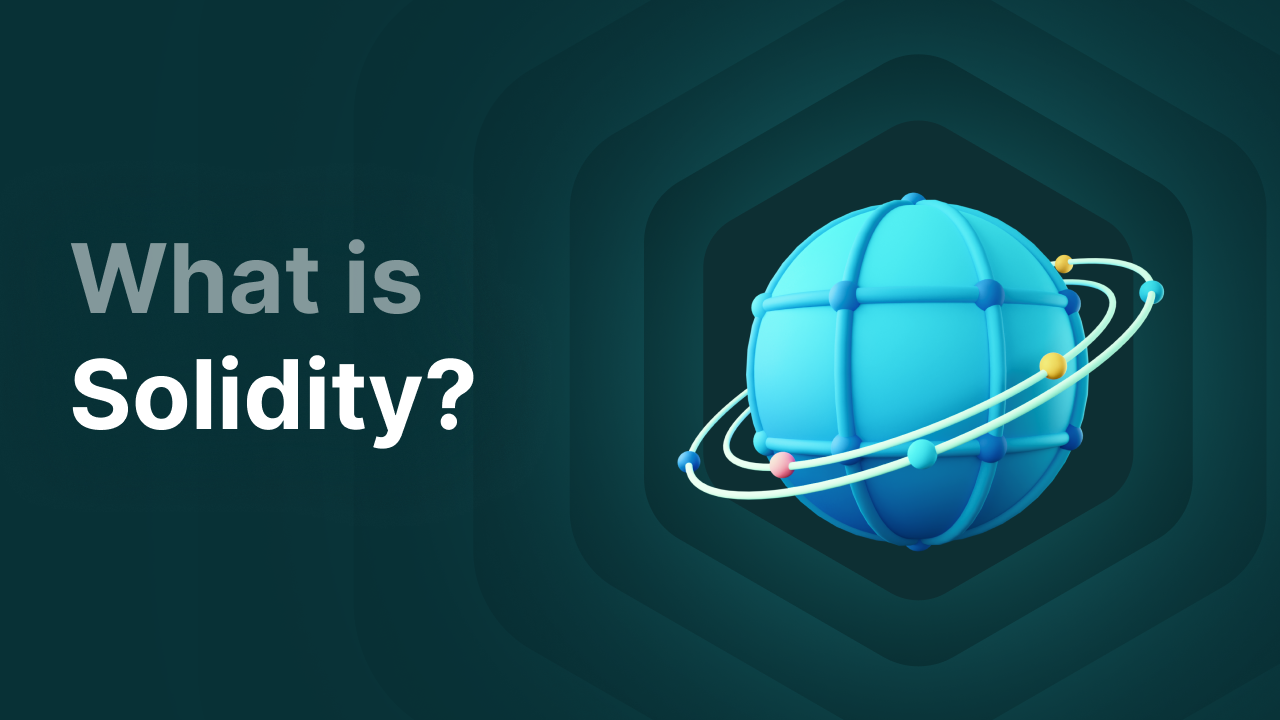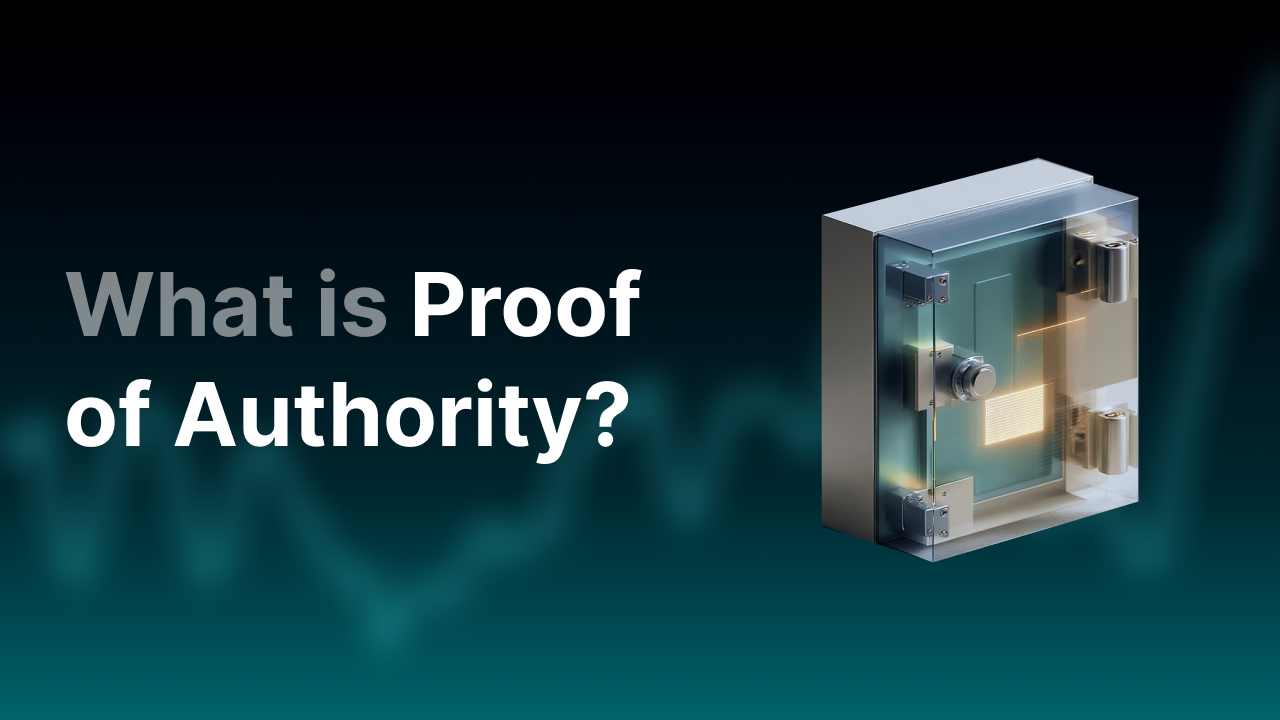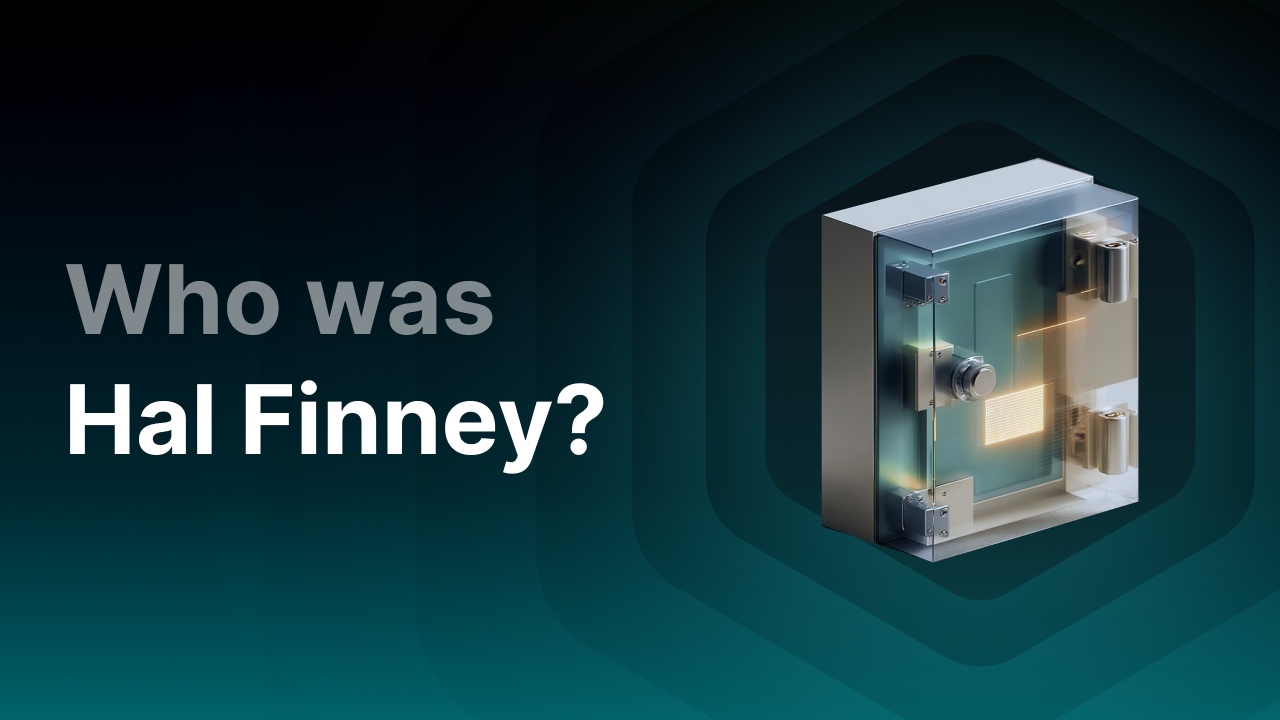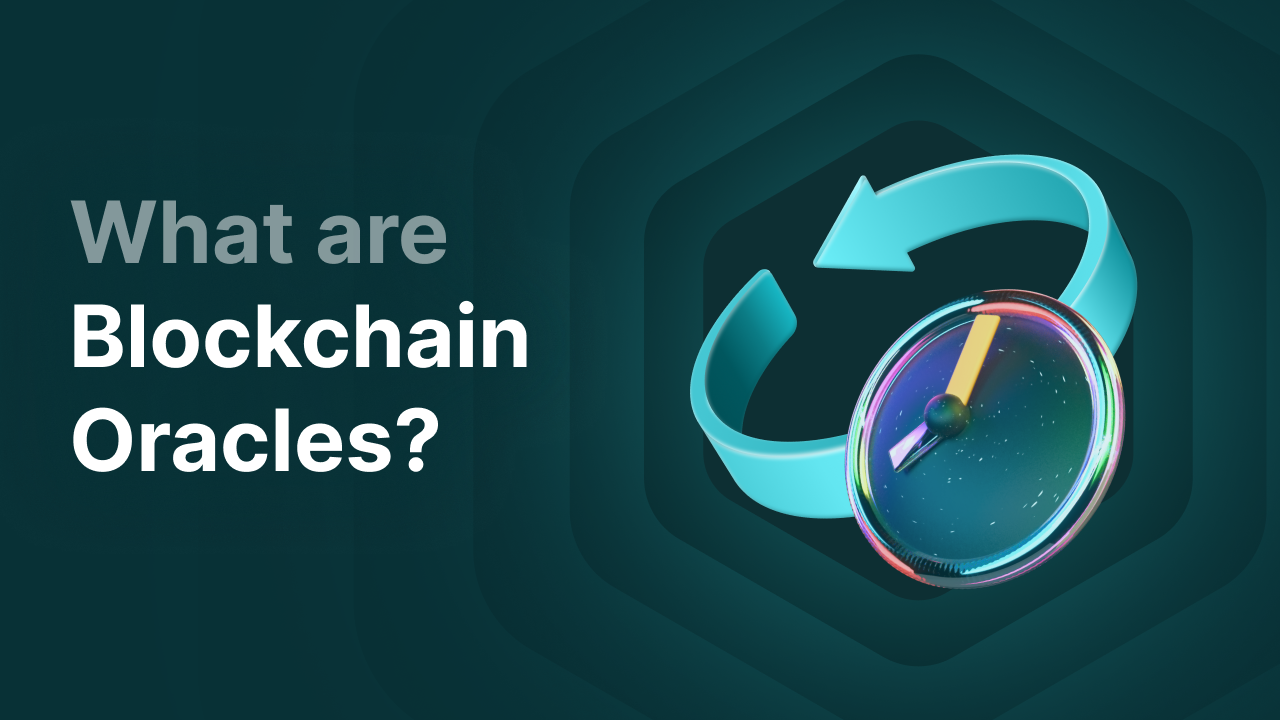What is Solidity and how does it work?

What is Solidity?
Solidity is the programming language that allows you to build smart applications on the Ethereum network. Ethereum itself is a kind of global computer that runs on blockchain technology, just like Bitcoin. But where Bitcoin stops, Ethereum goes further. Bitcoin is designed to transfer money or value, while Ethereum is also about programs (or dApps) that can run on the Ethereum blockchain network. These applications work through smart contracts and therefore do not need any third party to operate. Solidity was once created by Gavin Wood, one of the co-founders of Ethereum, so that developers could easily build smart rules and applications on the network.
Example Solidity:
Imagine you create a smart contract that says:
"If someone sends 1 ether, that person automatically receives a digital concert ticket."
As soon as someone sends that 1 ether, the smart contract executes automatically — without a middleman, website, or bank. Solidity is the language used to write these kinds of smart rules.
Key Takeaways
- With Solidity, you build smart programs (smart contracts) that automatically perform actions on the blockchain — no middleman or central server required.
- Solidity forms the backend of dApps and determines what happens on the blockchain, while the frontend communicates through tools like Web3.js or Ethers.js.
- In addition to Ethereum, Solidity also works on EVM-compatible networks such as Polygon, BNB Smart Chain, Avalanche, Arbitrum, and TRON.
- From DeFi platforms to NFT projects and DAOs, Solidity is used by startups, enterprises, and communities to build reliable, transparent applications.
- Since smart contracts are immutable, the focus lies on careful programming, testing, auditing, and gas-efficient code.
How does Solidity work?
Solidity acts as a programming language for smart contracts that run on the Ethereum blockchain. When you write code in Solidity, you’re actually creating rules and functions that define what happens when someone performs a transaction on the network. These smart contracts are always open-source and visible to everyone. So if someone tries to write a fraudulent contract, anyone with enough technical knowledge can inspect it.
1. Compiling Solidity into the Ethereum Virtual Machine (EVM)
You write your code in Solidity, but the blockchain doesn’t understand “human” programming languages. That’s why your Solidity code is compiled into EVM bytecode (a low-level code that can be executed by all Ethereum nodes). Every node in the network can execute your smart contract in exactly the same way, ensuring reliability and decentralization. There are also many EVM-compatible blockchains, so you can run...
2. Smart contracts are immutable programs
Smart contracts are digital agreements stored on the blockchain. Once a smart contract is published, it can no longer be changed — it lives on the blockchain. No third party can alter it anymore. So if you’ve defined how tokens are distributed over time, that can’t be changed after publishing the smart contract.
This immutability makes smart contracts secure and transparent, but it also means you have to code very carefully.
3. Every action is a transaction
On Ethereum, every computation or storage action costs gas (a type of transaction fee paid in Ether). These are essentially transactions on the network. Solidity developers must therefore write efficient code, because the more complex the contract, the more gas a user pays to execute it. This makes Solidity programming a mix of technical logic and economic optimization.
4. Solidity is the “backend” of dApps
In a decentralized application (dApp), Solidity works alongside the frontend (for example, React or Vue). The frontend communicates with the smart contract using libraries like Web3.js or Ethers.js, which execute the actual logic on the blockchain. Solidity ensures that dApps run securely, transparently, and autonomously — without intermediaries.
Who uses Solidity?
Solidity is the language for smart contracts on Ethereum and other EVM-compatible blockchains. Here’s who uses it, why, and on which networks it’s deployed today.
Developers & Web3 Startups
- DApp builders launching tokens, NFTs, DeFi protocols, games, or identity tools.
- Protocol layers designing on-chain logic: AMMs (like Uniswap-style exchanges), lending (Aave-like), vesting, governance, and more.
- Hackathon teams and indie makers going quickly from idea to MVP.
Scale-ups & Enterprises
- Fintech and payments: escrow, milestone payments, on-chain settlements.
- Supply chain & industry: traceability, automatic compliance checks, IoT triggers.
- Loyalty & ticketing: tradable passes, royalties, anti-fraud logic.
DAOs & Communities
- Voting and treasury management through transparent, auditable smart contracts.
- Programmable memberships: roles, rights, revenue splits.
Auditors & Security Teams
- Code audits, formal verification, monitoring to prevent exploits.
- Implementing best practices: reentrancy guards, access control, upgradability patterns.
Education & Research
- Universities, bootcamps, and online courses that make blockchain development hands-on.
- Security researchers documenting new attack vectors and mitigation techniques.
Where is Solidity used?
Solidity is the programming language compiled into EVM bytecode. That means the code you write can run on any blockchain using the Ethereum Virtual Machine (EVM). Solidity isn’t limited to Ethereum itself — it forms the foundation for many other blockchains.
Ethereum and its extensions
Ethereum is Solidity’s home. This is where it all began: the biggest network, the most tools, and countless developers building dApps. On top of Ethereum, many Layer 2 networks have emerged, such as Arbitrum, Optimism, Base, zkSync Era, and many others. These rollups use the same Solidity code but usually offer lower transaction fees and faster speeds.
Other EVM Blockchains
Beyond Ethereum, Solidity runs on a wide range of independent blockchains that adopted the Ethereum Virtual Machine. This means developers can use their Solidity code across multiple networks without major adjustments.
Some well-known EVM-compatible blockchains include:
- BNB Smart Chain (BNB)
- Polygon (POL) (formerly known as Matic)
- Avalanche (Avax)
- Sonic (S)
- Arbitrum (ARB)
- TRON (TRX)
In practice, this means you can build a single Solidity project and deploy it across multiple networks with minimal changes. Often, you only need to update the network configuration (like RPC URL or chain ID) to launch the contract. That’s why many dApps run on multiple chains — a good example is Curve DEX.
What can you build with Solidity?
Solidity is used to write smart contracts — programs that automatically perform certain actions once predefined conditions are met. This opens the door to all kinds of Web3 applications.
DeFi, or Decentralized Finance, is one of the best-known examples. Protocols like Uniswap or Aave run entirely on Solidity. They use smart contracts to automatically manage loans or enable token swaps — without intermediaries.
Solidity also plays a big role in NFTs and digital ownership. Developers use Solidity to issue unique tokens, define royalties, or manage exclusive memberships. Moreover, DAOs (decentralized organizations) are often built with Solidity. These contracts allow members to vote on proposals or manage budgets.
Finally, Solidity is used in digital payments. Smart contracts can automatically handle things like salary streams or subscription payments.
These use cases show that Solidity isn’t just a technical tool — it’s a way to replace trust with transparency. Whatever’s written in code happens automatically, without intermediaries.
Tools and Best Practices
Developers working with Solidity often use tools like Hardhat, Foundry, or Remix to write, test, and deploy their code. Libraries like OpenZeppelin Contracts offer secure standards for tokens and access control, so developers don’t have to reinvent the wheel.
For blockchain interaction, developers use Ethers.js, viem, and wallets like MetaMask. Services like Alchemy, Infura, and The Graph provide infrastructure and data handling.
Security is a crucial part of development. Solidity contracts are immutable once deployed, so bugs can have major consequences. That’s why it’s important to use secure coding patterns, restrict access to sensitive functions, and test thoroughly. Many developers also have their code audited before deploying it to the mainnet.
Where can I learn Solidity?
You can learn Solidity in many places online. You can start at Soliditylang.org or Solidity By Example. There are also hundreds of videos and even complete smart contracts you can copy and try out yourself.
Final thoughts
Solidity is at the heart of the Ethereum world and is the programming language used to build smart, reliable blockchain applications. While traditional languages like C++ or Python run on central servers, Solidity operates on a network of thousands of computers forming the Ethereum Virtual Machine. This allows you to create programs that are fully transparent, secure, and autonomous — no intermediaries required.
Whether you’re a developer experimenting with NFTs, a company automating payments, or a researcher exploring the limits of Web3 — Solidity gives you the tools to turn ideas into decentralized reality. Thanks to broad support across EVM-compatible blockchains, powerful dev tools, and a growing community, it’s easier than ever to get started.
Learning Solidity means not only learning a programming language but also a new way of thinking about software, ownership, and trust. That makes it an essential skill for the future of blockchain technology and the web of tomorrow.




